 (Please scroll to the bottom of this page to access the menu)
Five-Band Parallel Half-Wave Dipole AntennaThis antenna was constructed as an
expedient to enable station operation within a week of receiving FCC license
certificate.
|
||||||||||
|
|
|
|
|
|
|
|
|
|||
|
|
|
|
|
|
|
|
|
|||
|
|
|
|
|
|
|
|
|
|||
|
Below are SWR plots for the five bands this parallel dipole is resonant. SWR is below 1.5:1 for the 40-meter and 20-meter elements. The resonant point of the 3rd harmonic of the 40-meter element has been shifted lower through the installation of capacitance-hats resulting in the SWR being below 2.0:1. The comparatively high Q of the single-wire dipole results in a rather narrow bandwidth of the 10-meter element, but SWR is below 2.5:1 from the low end of the 10-meter band to about 29 MHz. Interestingly enough, the 7th harmonic of the 40-meter element resonates near 51.7 MHz permitting operation from 50.125 MHz to 54 MHz with an SWR of 4:1 or less; the transceiver's internal antenna tuner seems to compensate for the high SWR quite well. The plots below were generated with
Larry Phipps' (N8LP)
LP-11 Plot program that works in conjunction with his
LP-100A digital vector RF wattmeter. |
||||||||||
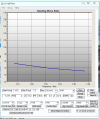 |
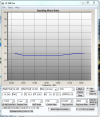 |
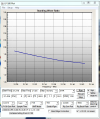 |
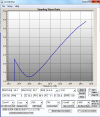 |
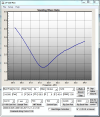 |
||||||
|
|
||||
|
|
|||||||||||||||||||||||
| Hits: [an error occurred while processing this directive] | Date of last edit: June 04, 2013 14:01:55 -0700 | |||||||||||||||||||||||
| © Copyright: L. Dighera, 2012; All Rights Reserved: LDighera@att.net | ||||||||||||||||||||||||